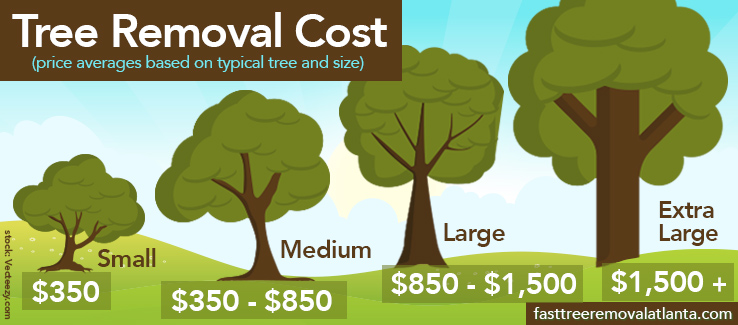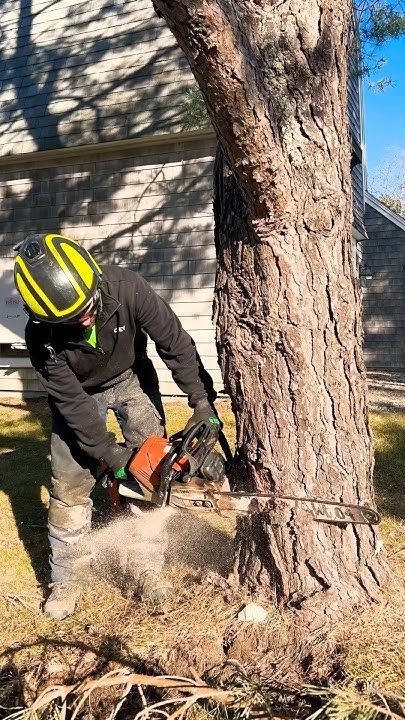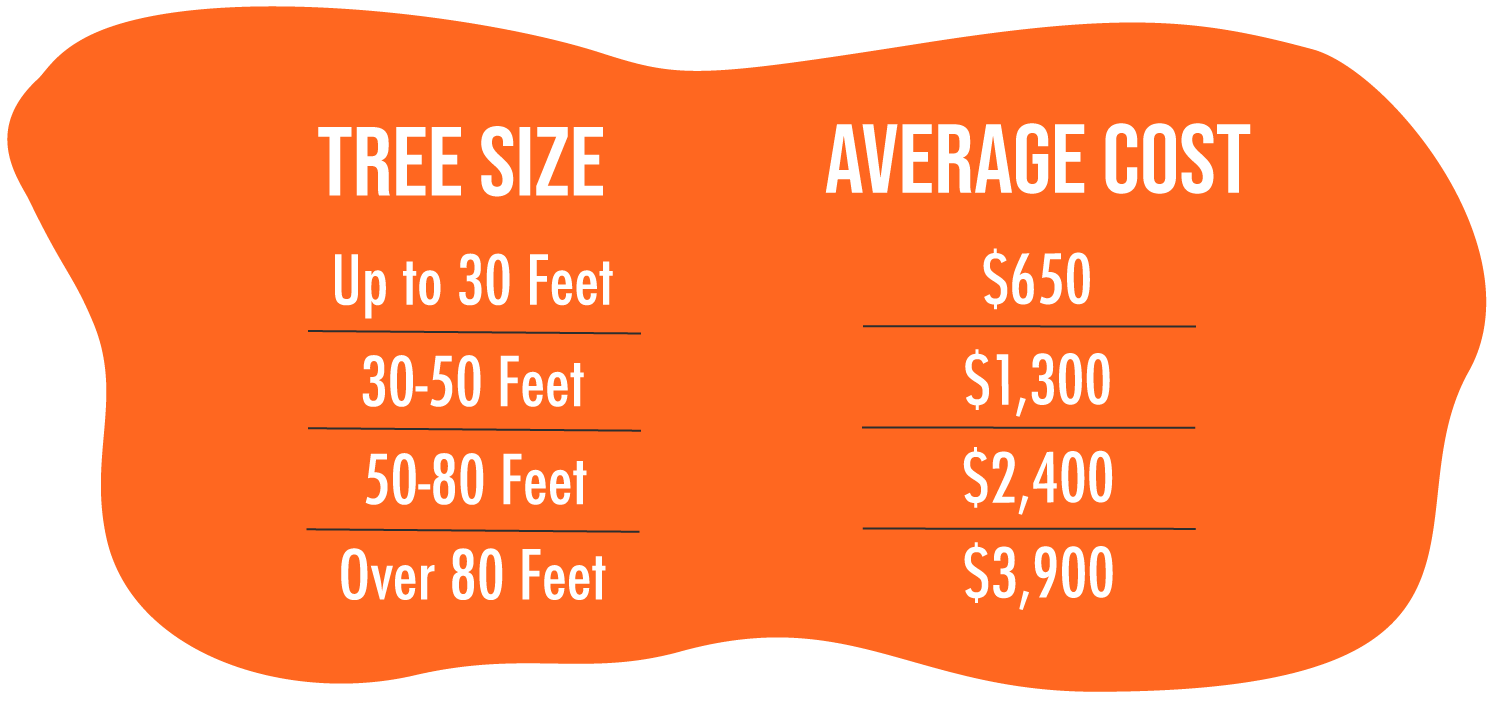Featured
Table of Contents
- – Budget-Friendly Arborist In Circleville, OH
- – Circleville, OH Stump Grinding Customer Review...
- – Top-Rated Tree Service In Circleville, OH: Pr...
- – Circleville, OH Tree Removal Pricing Trends
- – Standard Tree Clearing Pricing In Circleville...
- – Negotiating Tree Service Prices In Circlevill...
- – Circleville, OH Stump Removal Pricing Trends
- – Basic Tree Trimming Packages In Circleville,...
- – DIY Vs. Professional: Arborist In Circlevill...
- – How Long Does A Stump Removal Project In Cir...
- – Leading Stump Grinding Companies In Circlevi...
- – What You'll Pay For An Arborist In Circlevil...
- – Household Stump Removal Costs In Circleville...
- – Find Tree Removal Quotes In Circleville, OH
- – Expected Costs For A Arborist In Circleville...

The subsections listed below offer more detailed information about rates, including an average variety for each. TypeAverage Removal CostPineConiferPalmMagnoliaArborvitaeAshCedarSweet GumEucalyptusSycamoreCypressOakMaplePoplar You can anticipate to pay between to get rid of a pine, depending on its size. Eliminating a pine is among the more budget-friendly tasks unless it is one that has actually been around for many years and is quite large.
Budget-Friendly Arborist In Circleville, OH
Pines likewise have a tap root that grows deep into the soil, which can show to be harder to eliminate. The procedure itself involves a professional cutting the tree, clearing the base, cutting the surface roots, removing the stump, and lastly treating the soil. Without an expert hand, you risk leaving pine seedlings behind, which will fall from the roots of distressed pines.
Circleville, OH Stump Grinding Customer Reviews: Pricing
The U.S. nationwide average for conifer elimination is around to have the conifer reduced, hauled away, and the stump ground or eliminated entirely. Conifers are typically simpler to get rid of, and although they can grow quite tall, they do not cost a fortune to remove. Conifers include pine, spruce, fir, and juniper trees.
Top-Rated Tree Service In Circleville, OH: Pricing
While conifers are beautiful, they eliminate native plants and specific types of grass (tree cutting). The typical price of palm elimination depends on the height as much as the type, varying from.
Circleville, OH Tree Removal Pricing Trends
That is why it is very important to know which type you are getting rid of. While you do not require an herbicide to kill a palm tree, there are some actions your elimination professional will have to take to guarantee the job is done properly. There are 2 ways they can get rid of them: by slicing them down or digging them up.
Standard Tree Clearing Pricing In Circleville, OH
From there, they eliminate the real tree and then the stump. Anticipate to pay between to remove this type of tree, depending on the precise size and details of the job.
Negotiating Tree Service Prices In Circleville, OH
There are three types: green, white, and black ash. White ash is understood for its many colors. With its gray-tinged bark, its leaves are green or purple in the spring and golden yellow or purplish-red in the fall. They take pleasure in moderate climates and lots of sun. The green ash is called such due to its green or yellow foliage.
Circleville, OH Stump Removal Pricing Trends

Due to the variation in height, the removal price variance is wide from. A coniferous, evergreen tree, the cedar is a hardy species.
Basic Tree Trimming Packages In Circleville, OH: Pricing
The growth of false cedars varies from 50 feet as much as 230 feet high. Property owners might pay anywhere from, depending on the roots. With star-shaped leaves and sensational fall colors, the sweet gum is thought about a medium to large tree. Delighting in complete sun, the sweet gum can not endure pollution.
DIY Vs. Professional: Arborist In Circleville, OH
It has a big root base of 40 to 50 feet, which impacts the elimination expense. Generally, it costs in between to remove a eucalyptus. Eucalyptus are not typical all over, however they are quite big compared to others, which is why even the smaller sized ones are so costly to remove. Initially from Australia, eucalyptus are intrusive plants that grow in thick groves that secure native plants.
How Long Does A Stump Removal Project In Circleville, OH
There are a handful of methods to do this, including burning, pulling, grinding, or eliminating them with herbicide. Expect to pay between to eliminate sycamores, based upon the height, trunk size, and amount of work involved. Sycamores are among the largest hardwood trees, generally ranging from 60 to 100 feet high and as wide as 15 feet.
Leading Stump Grinding Companies In Circleville, OH: Pricing
The very first two actions will expose the withins of the tree and cut off the flow of nutrients up the trunk. From there, a professional uses herbicide to kill the tree and cuts down the trunk.
What You'll Pay For An Arborist In Circleville, OH
There are several kinds of Cypress trees, but the most widespread are the Leyland, Arizona, Bald, and Italian. The Bald Cypress grows in swampy or really moist locations while the others enjoy a dry, warm, or hot climate (tree removal). They can grow as high as 80 to 100 feet high
Household Stump Removal Costs In Circleville, OH

Prone to illness, the Cypress is one of the most valued woods for furniture. The average oak grows to around 60 feet, and depending on the complexity of the removal, it costs approximately to eliminate. The exact size of your oak and the effort required to fell it impact what you will really pay for removal together with any extra services like stump grinding.
Find Tree Removal Quotes In Circleville, OH
Access to the trees and the roots will likewise affect the total cost. Maples can easily grow up to 100 feet or more and typically expense between to remove from your home. The last rate depends on the actual height and intricacy of the job. Maples are generally amongst the more costly trees to get rid of because of their size and the work included in the removal.
Expected Costs For A Arborist In Circleville, OH
Growing as high as 90 to 115 feet, these enormous timbers are generally found in North America and include the aspen, cottonwood, and balsam trees. The process to get rid of trees includes all the trimming and cutting of the branches and trunk, bringing it down to a stump.
Table of Contents
- – Budget-Friendly Arborist In Circleville, OH
- – Circleville, OH Stump Grinding Customer Review...
- – Top-Rated Tree Service In Circleville, OH: Pr...
- – Circleville, OH Tree Removal Pricing Trends
- – Standard Tree Clearing Pricing In Circleville...
- – Negotiating Tree Service Prices In Circlevill...
- – Circleville, OH Stump Removal Pricing Trends
- – Basic Tree Trimming Packages In Circleville,...
- – DIY Vs. Professional: Arborist In Circlevill...
- – How Long Does A Stump Removal Project In Cir...
- – Leading Stump Grinding Companies In Circlevi...
- – What You'll Pay For An Arborist In Circlevil...
- – Household Stump Removal Costs In Circleville...
- – Find Tree Removal Quotes In Circleville, OH
- – Expected Costs For A Arborist In Circleville...
Latest Posts
Farmington, MI Tree Removal: What Affects The Price
Honest Tree Trimming Reviews In Opelousas, LA
Gibsonville, NC Stump Grinding Cost FAQ
More
Latest Posts
Farmington, MI Tree Removal: What Affects The Price
Honest Tree Trimming Reviews In Opelousas, LA
Gibsonville, NC Stump Grinding Cost FAQ